-

 Sale
SaleJapanese Geta Totemo
Regular price $52.99 USDRegular priceUnit price per$104.99 USDSale price $52.99 USDSale -

 Sale
SaleJapanese Style Geta
Regular price $48.99 USDRegular priceUnit price per$99.99 USDSale price $48.99 USDSale -

 Sale
SaleJapanese Geta Nagoya
Regular price $52.99 USDRegular priceUnit price per$104.99 USDSale price $52.99 USDSale -
Japanese Antiskid Geta
Regular price $52.99 USDRegular priceUnit price per$104.99 USDSale price $52.99 USDSale -
Geta Sandal Traditional
Regular price $54.99 USDRegular priceUnit price per$109.99 USDSale price $54.99 USDSale -
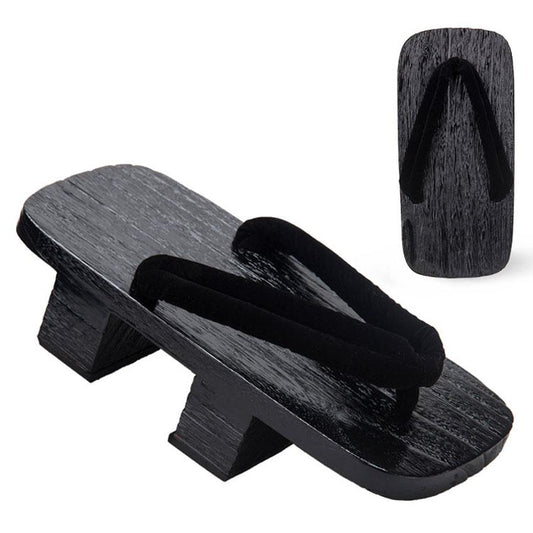
 Sale
SaleWooden Geta Black
Regular price $54.99 USDRegular priceUnit price per$109.99 USDSale price $54.99 USDSale -

 Sale
SaleWooden Geta Red
Regular price $54.99 USDRegular priceUnit price per$109.99 USDSale price $54.99 USDSale -
Traditional Wooden Geta
Regular price $54.99 USDRegular priceUnit price per$109.99 USDSale price $54.99 USDSale -

 Sale
SaleGeta Anata
Regular price $45.99 USDRegular priceUnit price per$99.99 USDSale price $45.99 USDSale -
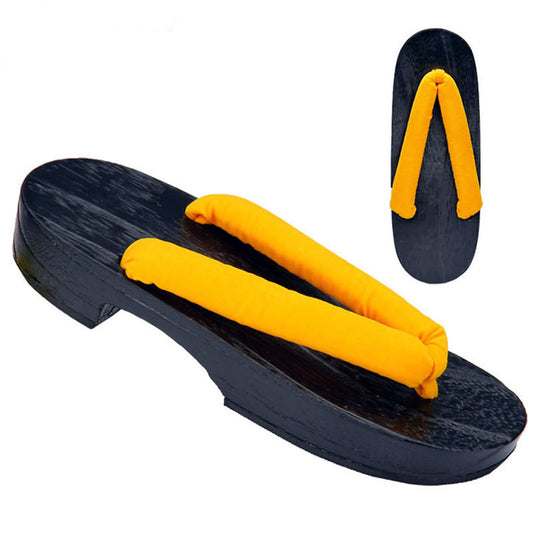
 Sale
SaleGeta Japan Ara
Regular price $45.99 USDRegular priceUnit price per$99.99 USDSale price $45.99 USDSale -

 Sale
SaleCosplay Wooden Geta
Regular price $45.99 USDRegular priceUnit price per$99.99 USDSale price $45.99 USDSale -

 Sale
SaleWooden Geta Watashi
Regular price $45.99 USDRegular priceUnit price per$99.99 USDSale price $45.99 USDSale -

 Sale
SaleJapanese Zori
Regular price $52.99 USDRegular priceUnit price per$104.99 USDSale price $52.99 USDSale -

 Sale
SaleWooden Geta Tokyo
Regular price $45.99 USDRegular priceUnit price per$99.99 USDSale price $45.99 USDSale -

 Sale
SaleGeta Konbanha
Regular price $45.99 USDRegular priceUnit price per$99.99 USDSale price $45.99 USDSale -

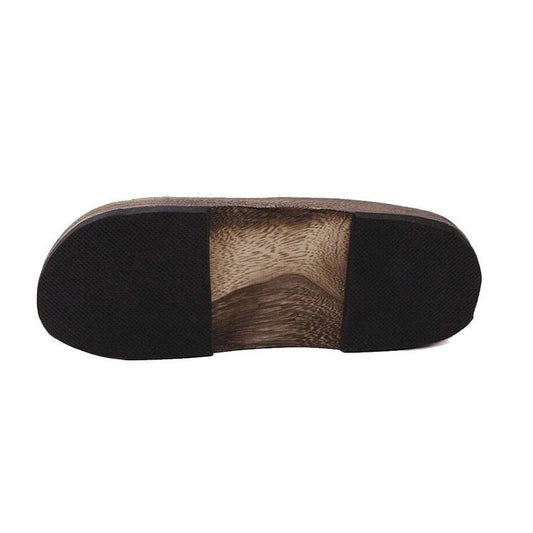 Sale
SaleGeta Sugoi Wooden
Regular price $45.99 USDRegular priceUnit price per$99.99 USDSale price $45.99 USDSale -
Wooden Geta Subarashi
Regular price $45.99 USDRegular priceUnit price per$99.99 USDSale price $45.99 USDSale -

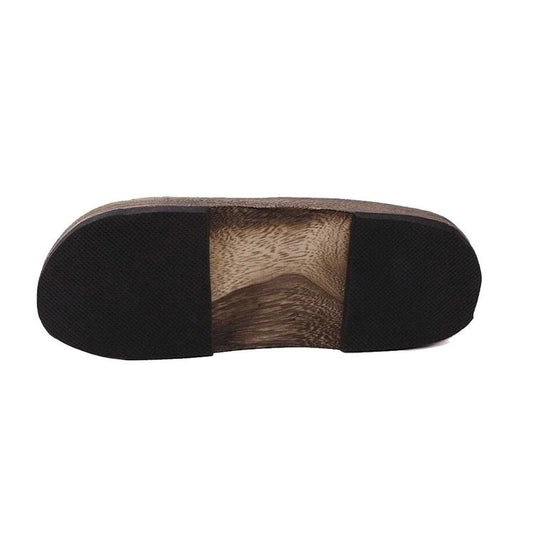 Sale
SaleGeta Geiko Wooden
Regular price $45.99 USDRegular priceUnit price per$99.99 USDSale price $45.99 USDSale -

 Sale
SaleGeta Wooden Riho
Regular price $45.99 USDRegular priceUnit price per$99.99 USDSale price $45.99 USDSale -

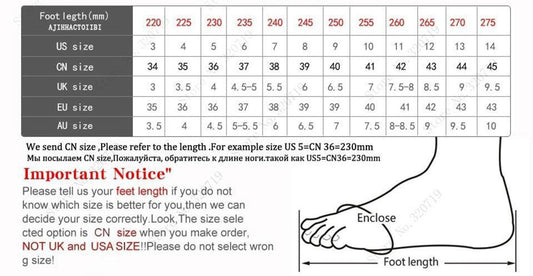 Sale
SaleCosplay Geta Sandals
Regular price $48.99 USDRegular priceUnit price per$115.99 USDSale price $48.99 USDSale
See Our Other Best Selling Products Also
-

Hanten - The Japanese Hanten Jackets or Hanten Coats
What is a Japanese Hanten Jacket? The Hanten jacket, also known as...
-

Buy a Haori - Traditional Japanese Haoris - Upto 50% OFF
Haori (羽織) is traditional Japanese Kimono-styled jacket with no collars, and broad sleeves. They...
-

Kimono - Traditional Japanese Kimono Dresses
What is a Kimono Dress? Kimono Dress is a Traditional Japanese Dress...













































